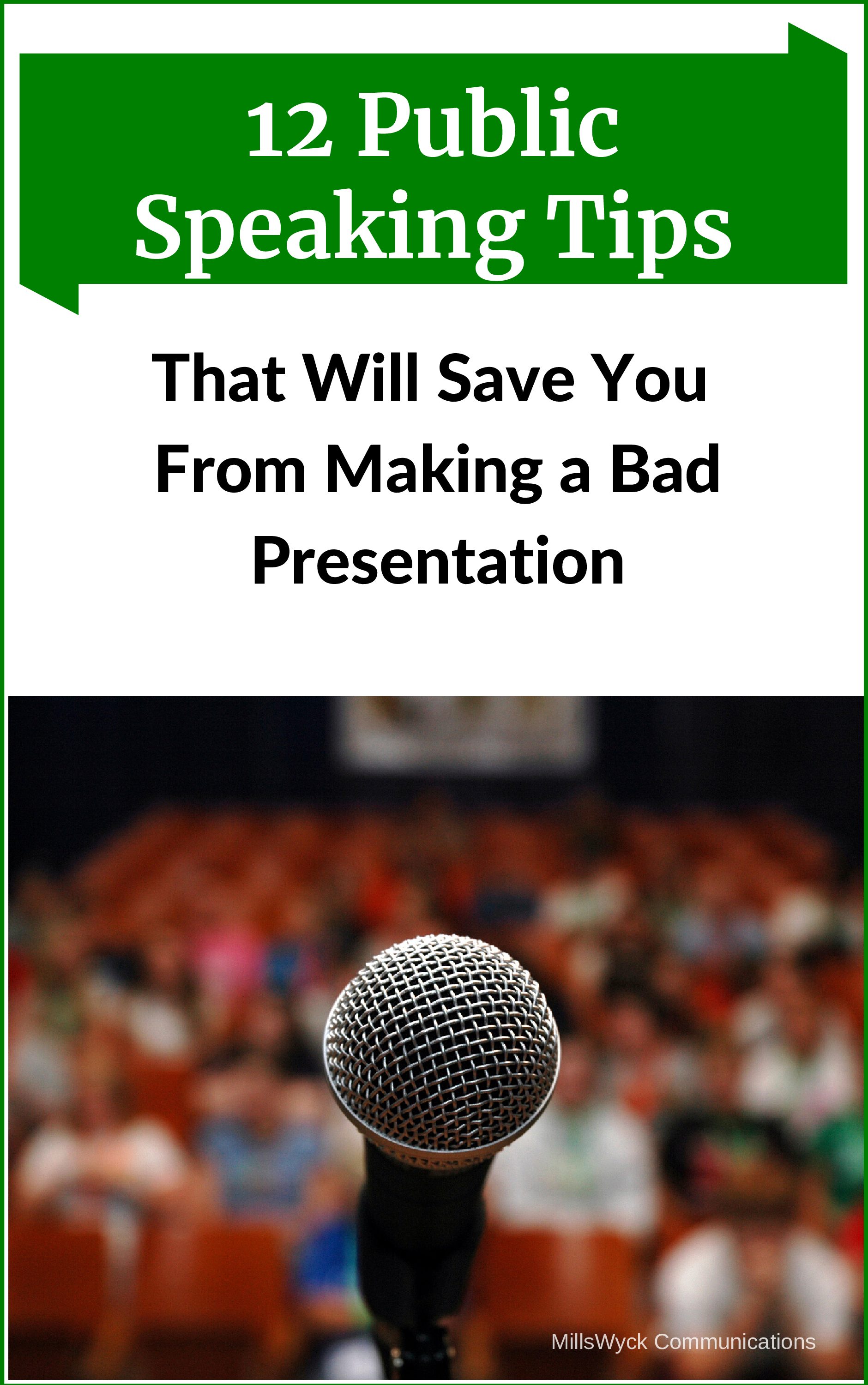An oft-quoted statistic estimates about 65% of an audience are visual learners (I tend to side more with this being fiction, but the actual number is irrelevant to our discussion today). Visual learners prefer to take in information through sight over any other input means. But this does not mean a visual learner can’t absorb content by listening, or that an auditory learner can’t benefit from a well-constructed visual, or that both won’t benefit from a well-constructed activity. It simply means the brain prefers or perhaps processes visual information more efficiently.
I’ve seen presenters use that fact to justify that all presentations should have slides associated with them (I disagree). I’ve seen it used to suggest that bullets and words on a slide are evil (I disagree) and that a diagram is required for people to remember a message (I disagree).
But one thing I DO agree on is that visuals need to be clear, they need to match what is being said, and they can be a powerful addition to a strong message. Where learning styles cause problems for a presenter is when the presenter says one thing, but shows another (and to complicate matters further, asks the audience to do something totally different, sending the kinesthetic learners like me into a mental mess). When this happens, you can expect an audience to be confused and a core message to be missed.
I’ve had the opportunity to consume and review lots of materials over the years. One of the places that causes me problems is the use of diagrams. With the advent of Visio years ago and Canva and related tools today, diagrams are easier than ever to create. But diagrams should inherently carry a message, regardless of what the text says. Just because your graphic designer has a cute icon embedded into your logo does not mean it should be used. Ask first, “What message am I trying to send?” Then design or find a diagram that carries that message.
Some common diagrams and the intent they should be used for (from left to right):
- Pyramids and layers. Pyramids are smaller at the top than at the bottom. There’s a reason for that. If you use a pyramid, each layer setting on top of another should have meaning. The bottom layer could be seen as the foundation for everything that is on top.
- Steps and paths. If you’re climbing steps to a higher level, then the steps should by necessity be sequential (you can’t climb step four before step two). If your tasks or items aren’t sequential, you shouldn’t be using steps.
- Venn diagrams. As my son (then aged five) once told me: “Hey, that’s a Venn diagram! The important stuff is in the middle!” Venn diagrams live and die by what intersects, and what doesn’t. Our base diagram to explain the parts of communication is a Venn diagram, so you know I like them. But if I ask, “What does the area that is in circle A and Circle B but not Circle C represent?,” you better have a good explanation.
- Funnels. Funnels get smaller as we go deeper into them. That principle should mean that we are refining results and getting closer to a pure solution.
- Gears. Gears are an important mechanical part of our lives. They can represent one element of a process driving another. But if that’s not what you’re trying to say, a gear to represent “generic process” isn’t a good choice. And please don’t EVER use an intersecting gear diagram with an odd number of gears. That is a mechanical impossibility and will drive engineers (like me) mad as they question your intelligence.
Designing core diagrams that are the basis of a message is hard. But it’s important work for a communicator, consultant, or leader. If you find yourself having to frequently defend or explain your diagram, then you probably don’t have the right diagram.
Communication Matters. What are you saying with your diagrams?
Want more speaking tips? Check out our Free Resources page and our YouTube channel.
We can also help you with your communication and speaking skills with our Workshops or Personal Coaching.
This article was published in the July edition of our monthly speaking tips email newsletter, Communication Matters. Have speaking tips like these delivered straight to your inbox every month. Sign up today to receive our newsletter and receive our FREE eBook, “Twelve Tips that will Save You from Making a Bad Presentation.” You can unsubscribe at any time.




